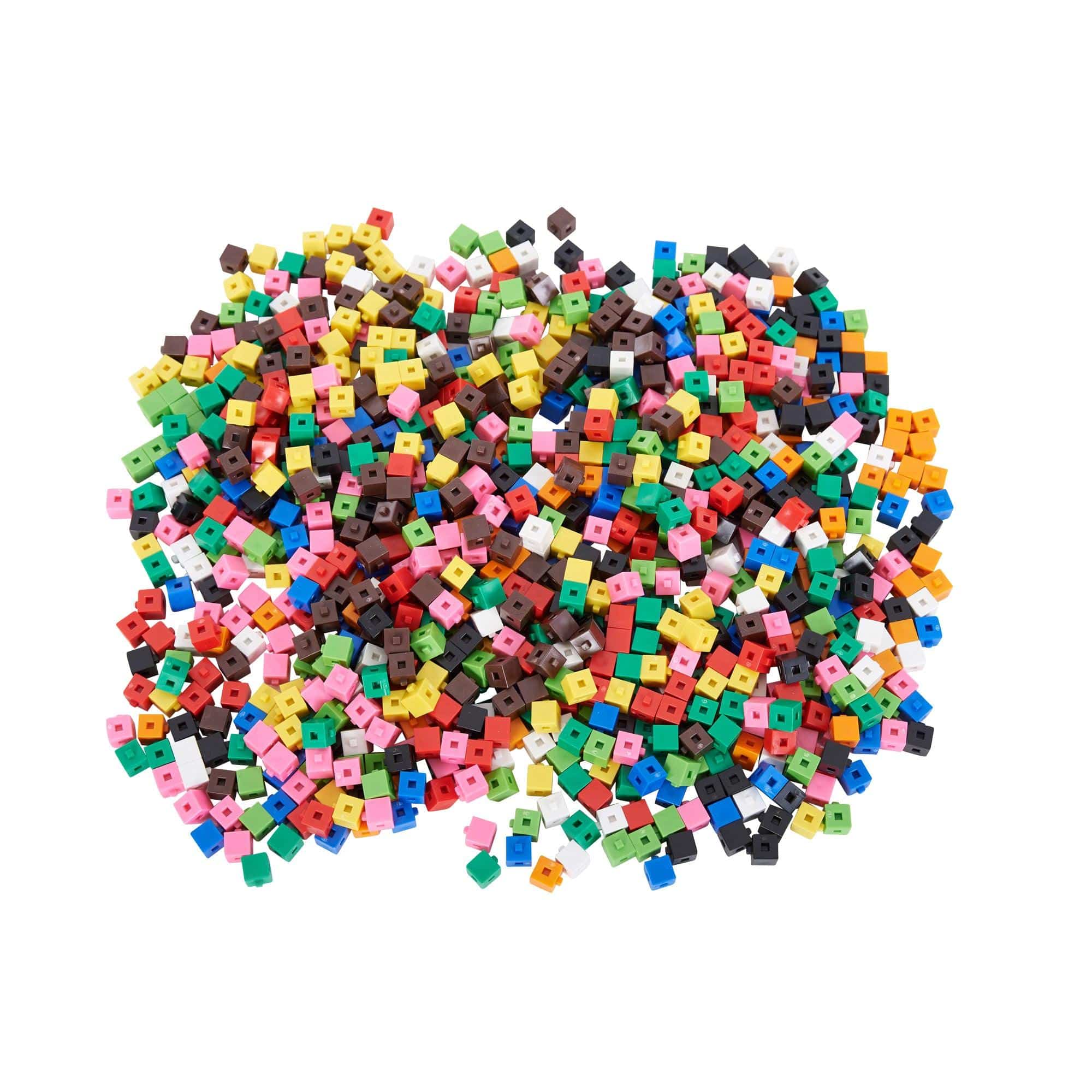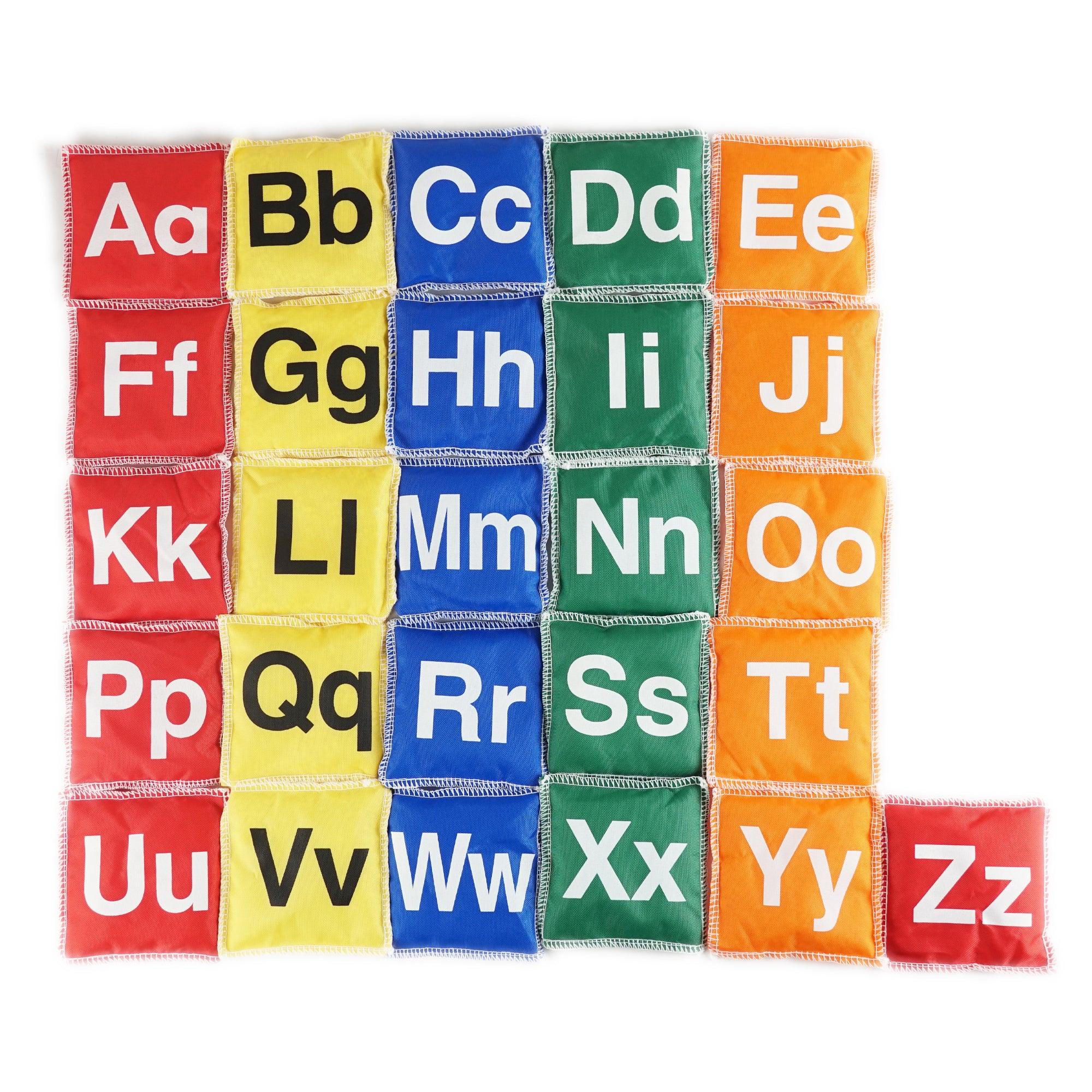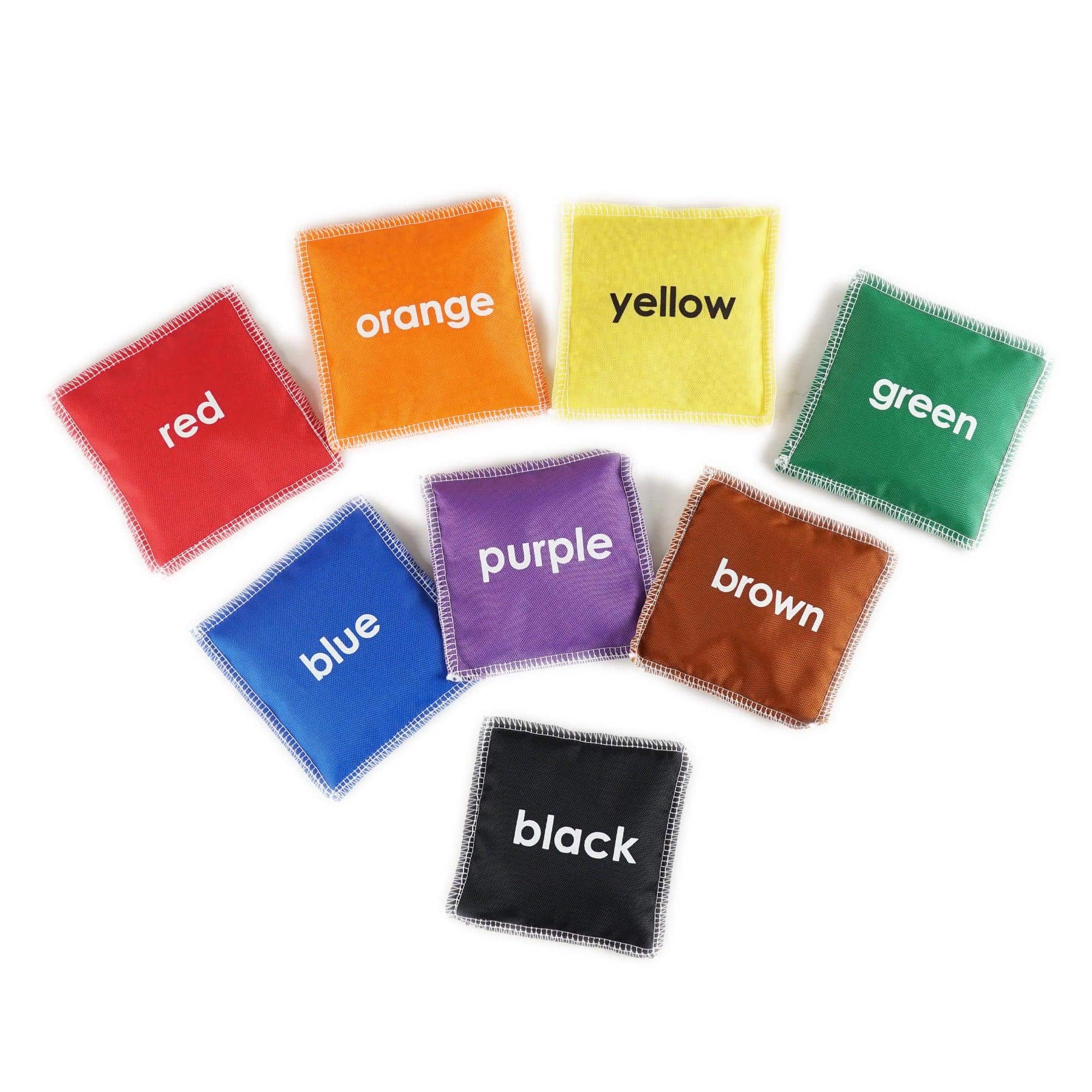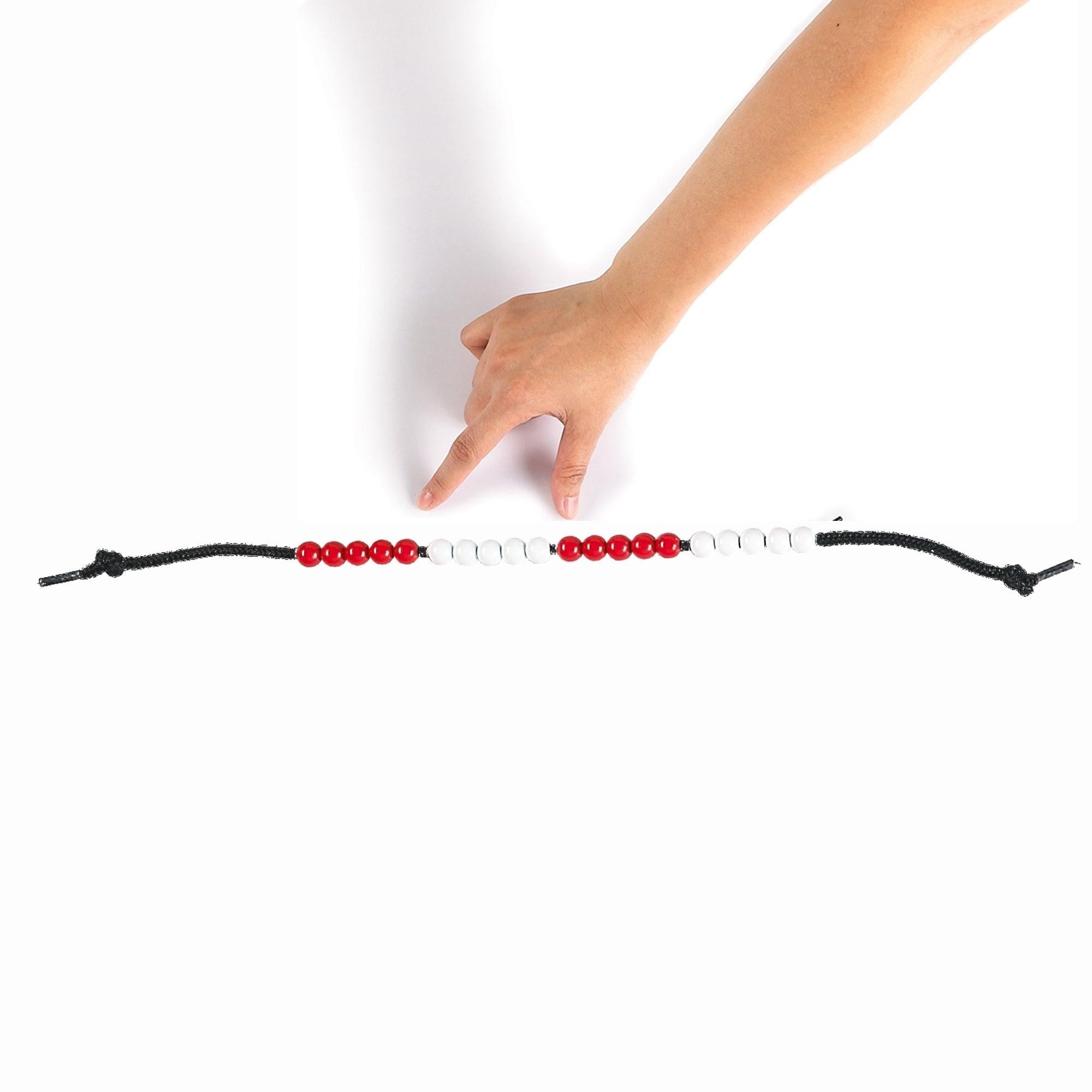The Link Between Toys and Mathematical Problem-Solving Skills
Introduction
In recent years, researchers and educators have increasingly recognized the influential role that toys play in a child’s development. While toys are often associated with fun and entertainment, they also have a significant impact on a child’s cognitive abilities, including mathematical problem-solving skills. This article explores the connection between toys and mathematical problem-solving skills, highlighting the features that make certain toys particularly effective in nurturing these essential abilities.
Benefits of Toys for Mathematical Problem-Solving Skills
Before delving into specific toys, it is important to understand the benefits that toys, in general, provide when it comes to developing mathematical problem-solving skills:
- Toys promote hands-on learning, allowing children to actively engage in problem-solving activities.
- Playing with toys encourages critical thinking, as children must approach challenges with creative and logical strategies.
- By exploring different toys, children develop an understanding of cause and effect relationships, a crucial element in problem-solving.
- Toys provide opportunities for open-ended play, enabling children to think outside the box and find multiple solutions to a single problem.
- Playing with toys helps children gain spatial awareness and develop their ability to visualize and manipulate objects mentally.
Toy Features that Enhance Mathematical Problem-Solving Skills
While various types of toys can contribute to the development of mathematical problem-solving skills, certain features make them particularly effective:
- Construction Toys: Building blocks, magnetic tiles, and construction sets encourage children to plan, design, and execute their ideas. These toys help develop spatial reasoning, logical thinking, and problem-solving abilities as children must figure out how different pieces fit together and create stable structures.
- Puzzles: Jigsaw puzzles and logic puzzles challenge children’s problem-solving skills by requiring them to analyze and solve a problem systematically. These activities develop critical thinking, logical reasoning, and visual-spatial skills, all of which are essential for mathematical problem-solving.
- Math Manipulatives: Counting, sorting, and pattern blocks, as well as abacus and attribute blocks, enhance mathematical problem-solving skills by allowing children to physically interact with mathematical concepts. These manipulatives enable hands-on exploration, fostering a deep understanding of numbers, patterns, and mathematical relationships.
- Board Games: Board games such as chess, checkers, and strategical puzzles promote critical thinking, strategic planning, and problem-solving abilities. These competitive games require players to analyze situations, make decisions, and adapt their strategies based on the changing dynamics of the game.
- Brain Teasers: Brain teasers, like Rubik’s Cube or Sudoku puzzles, challenge children’s logical reasoning and problem-solving capabilities. These toys enhance memory, pattern recognition, and analytical skills, all of which are crucial in mathematical problem-solving.
- STEM Kits: Science, technology, engineering, and mathematics (STEM) kits provide hands-on experiences in problem-solving and critical thinking. These kits often involve building circuits, programming robots, or conducting experiments, fostering a holistic understanding of mathematical concepts and their real-world applications.
Conclusion
In conclusion, toys are not merely playthings but powerful tools that contribute to a child’s overall development, especially in terms of mathematical problem-solving skills. By selecting toys with features that enhance critical thinking, logical reasoning, and spatial awareness, parents and educators can provide children with enjoyable opportunities to develop these vital abilities. By incorporating toys that encourage hands-on learning, open-ended play, and strategic thinking, the link between toys and mathematical problem-solving skills becomes evident, setting children on a path of lifelong learning and success.




